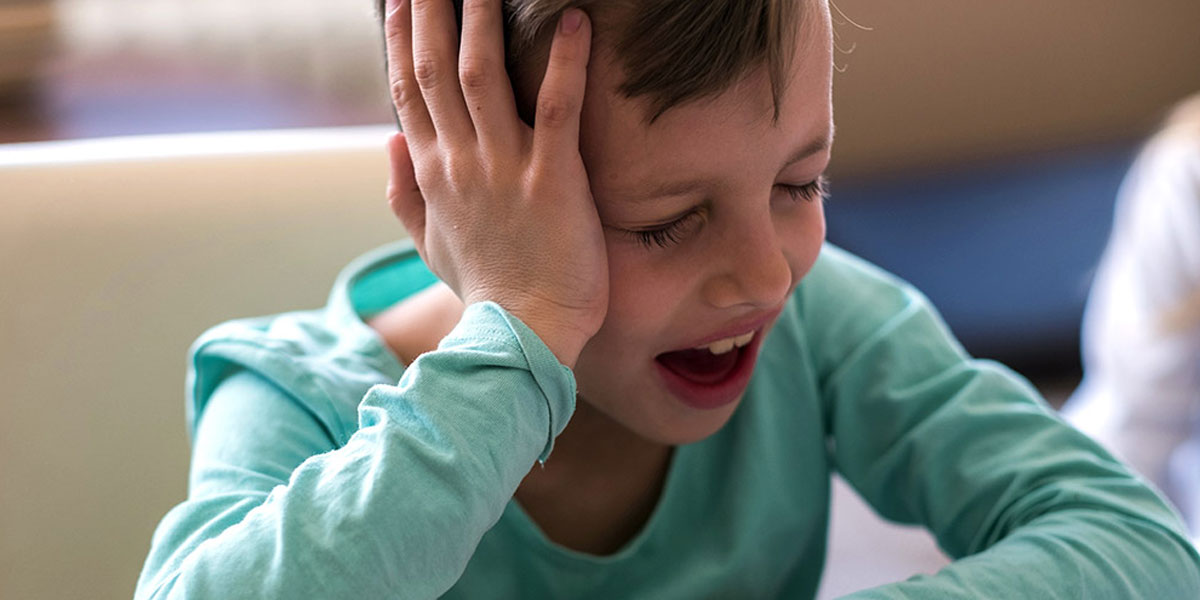Autism Symptoms
Understanding the signs and characteristics of Autism Spectrum Disorder
Autism Spectrum Disorder (ASD) is a complex developmental disability that affects how a person behaves, interacts with others, communicates, and learns.
It's called a "spectrum" disorder because there's a wide range of symptoms and severity. ASD is found in people around the world, regardless of race and ethnicity, culture, or economic background.
According to the Centers for Disease Control and Prevention (CDC), ASD is diagnosed more often in boys than in girls, with symptoms typically becoming clearly evident during early childhood, between ages 12 and 24 months.

Core Areas of Difference in ASD
While the presentation of ASD can vary greatly from person to person, there are some core areas where differences are commonly observed. The DSM-5 divides symptoms of ASD into two categories that must both be present for diagnosis.
Social Communication & Interaction
Persistent differences in social communication and interaction across multiple contexts. This includes challenges with social-emotional reciprocity, nonverbal communicative behaviors, and developing and maintaining relationships.
Restricted & Repetitive Behaviors
Restricted, repetitive patterns of behavior, interests, or activities. This may include stereotyped motor movements, insistence on sameness, highly restricted interests, and hyper- or hypo-reactivity to sensory input.
To be diagnosed with autism, a person must experience symptoms in both of these categories, with symptoms present in early childhood and causing significant impairment in daily functioning.
Communication and Social Interaction Challenges
ASD can involve a range of issues with communication, many of which appear before age 5. Early symptoms may include a marked delay in language or social development.
Developmental Timeline of Communication Signs


Additionally, autistic children might have trouble expressing their feelings or understanding those of others starting at 36 months. As they age, they might have difficulty talking or very limited speaking skills. Other autistic children might develop language skills at an uneven pace.
As autistic children begin talking, they might also talk in an unusual tone that can range from high-pitched and "sing-songy" to robotic or flat. They might also show signs of hyperlexia, which involves reading beyond what's expected of their age, though they may not comprehend what they're reading.
Understanding Individual Differences
How might the presentation of ASD differ in two individuals, even if they both have a diagnosis?
One individual might have significant language delays and require intensive support in communication, while another might be highly verbal but struggle with social nuances and prefer solitude. Their restricted interests might also be vastly different - one might be fascinated by trains while another has an intense interest in mathematics.
Professional Evaluation and Diagnosis
It's important to remember that experiencing some of these characteristics does not automatically mean someone has ASD. A diagnosis requires a comprehensive evaluation by qualified professionals who specialize in autism spectrum disorders.
Comprehensive Evaluation
A proper autism evaluation involves multiple assessments including developmental history, behavioral observations, standardized testing, and input from family members and other caregivers. The evaluation process considers the full range of symptoms and their impact on daily functioning.
Qualified Professionals
Diagnoses should be made by qualified healthcare professionals such as developmental pediatricians, child psychologists, or psychiatrists who have specialized training in autism spectrum disorders. Early identification and intervention can significantly improve outcomes.
Symptoms vs. Diagnosis
While recognizing potential signs is important for early intervention, only qualified professionals can make an official diagnosis. Many characteristics associated with autism can also be present in other conditions or may be within the range of typical development.
Common Misconception
Myth: All people with autism have the same symptoms and challenges.
Reality
Autism is a spectrum disorder, meaning symptoms and their severity vary widely from person to person. The term "spectrum" highlights the diversity within the autistic population. While there are common areas of difference, how these manifest and the level of support an individual needs can be vastly different.
Seeking Professional Support
If you notice signs that concern you, don't wait. Early intervention can make a significant difference. Contact qualified professionals who can provide comprehensive evaluation and, if needed, connect you with appropriate services and support.
